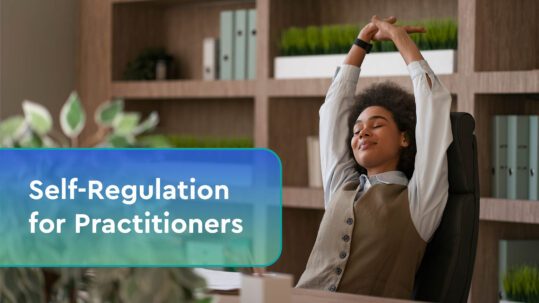How Apraxia Ruins Morning Coffee
Did you know that damage to a person’s left hemisphere can change how they make coffee? Damage to the left hemisphere can cause a person to forget how to use a coffee machine, or even pick up a coffee cup. This cognitive problem is called apraxia. Apraxia is a cognitive disorder that interferes with the performance of everyday actions. People that have had a stroke, brain injury, or that develop dementia may develop apraxia which will impair naturalistic actions. Naturalistic actions are behaviors that require the use of an object to be accomplished (i.e. using a comb to brush one’s hair). Studies examining whether executive function or semantic knowledge plays a larger role in apraxia have been completed with different patient populations showing contrasting results6.
Occupational therapists (OTs) play a huge role in helping different patient populations with apraxia learn to overcome it. In this article, we discuss apraxia and how OTs can help their patients with apraxia.
Apraxia, dementia, and coffee all walk into a study…
Researchers studying how dementia impairs naturalistic action found that people with mild dementia have significant impairments of performing naturalistic tasks such as making coffee with cream and sugar. Further, assessment of activities of daily living (ADL) shows a positive correlation and remained significant when an assessment of dementia severity is factored in4.
Can apraxia impact drinking coffee?
Yes. There is a form of apraxia known as swallowing apraxia, though some clinicians argue that it is not a true apraxia. The reason why swallowing apraxia happens is because the coordination of movements of the lips, tongue, and chin can become lost or compromised depending on the location(s) of a stroke. A case study was done on a patient who had several strokes that could move his lips and tongue when there was no food in his mouth but could not do so when there was. There has been more research done on swallowing hesitations and compensatory strategies, though more work needs to be done to understand what therapeutic interventions can help people safely swallow food.
What does this mean for occupational therapists (OTs) working with patients with apraxia?
While apraxia affects multiple clinical populations, some therapeutic intervention methods have been researched to show positive results. OTs can provide perceptual-motor performance therapy incorporating objects7, provide strategy training in addition to standard occupational therapy3 and teach patients to develop and implement mnemonics that can help them remember steps of performing actions1. For clients that have trouble swallowing, OT’s may want to consult with a speech therapist or an ENT to help develop an effective therapy plan to help their client learn to swallow food and liquids safely.
Conclusion
Apraxia interferes with independence, as everyday actions can become challenging to dangerous for people with apraxia to perform. Even key actions like swallowing can become compromised as a result of a stroke. Occupational therapists that provide cognitive rehabilitation can help patients with apraxia improve everyday functioning and complete tasks while learning to plan and execute actions properly and safely.
Sources
- Bickerton W. L., Humphreys G. W., & Riddoch M. J. (2006). The use of memorized verbal scripts in the rehabilitation of action disorganization syndrome. Neuropsychological Rehabilitation, 16, 155–177.
- Buxbaum LJ, Schwartz MF, Carew TG. The role of semantic memory in object use. Cognitive Neuropsychology 1997;14:219–54.
- Geusgens C. A. V., van Heugten C. M., Donkervoort M., van den Ende E., & van den Heuvel W. (2006). Transfer of training effects in stroke patients with apraxia: An exploratory study. Neuropsychological Rehabilitation, 16(2), 213–229.
- Giovannetti, T., Libon, D. J., Buxbaum, L. J., & Schwartz, M. F. (2002). Naturalistic action impairments in dementia. Neuropsychologia, 40(8), 1220-1232.
- Randerath, J., Buchmann, I., & Löser, A. (2019). Naturalistic Action Therapy: Manual.
- Schwartz MF, Montgomery MW, Buxbaum LJ, Lee SS, Carew TG, Coslett HB, et al. Naturalistic action impairment in closed head injury. Neuropsychology 1998;12:13–28
- Smania N., Giradi F., Domenicali C., Lora E., & Agliotti S. (2000). The rehabilitation of limb apraxia: A study in left-brain-damaged patients. Archives of Physical Medicine and Rehabilitation, 81, 379–388.
- Worthington, A. ‘Treatments and Technologies in the Rehabilitation of Apraxia and Action Disorganisation Syndrome: A Review’. 1 Jan. 2016: 163 – 174.









